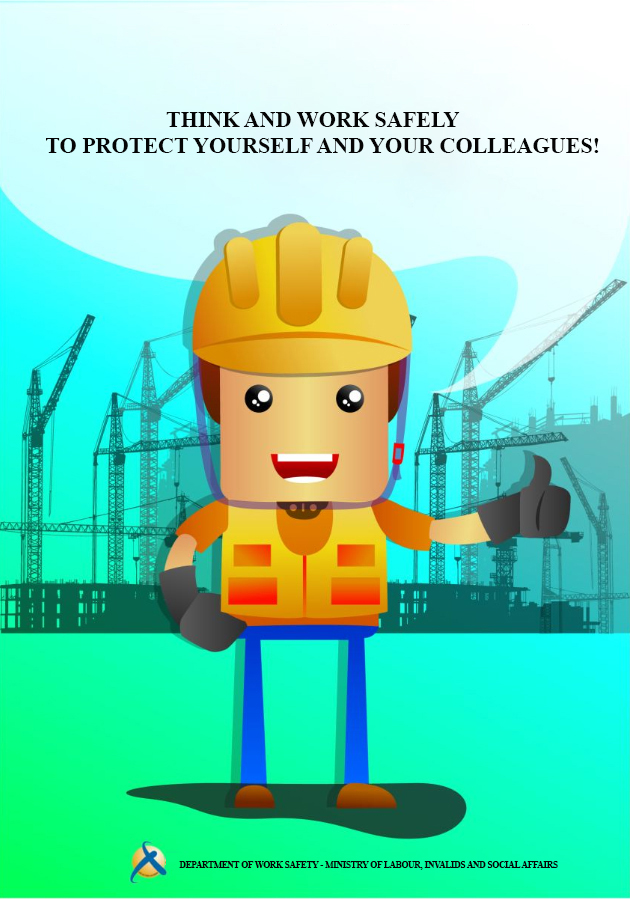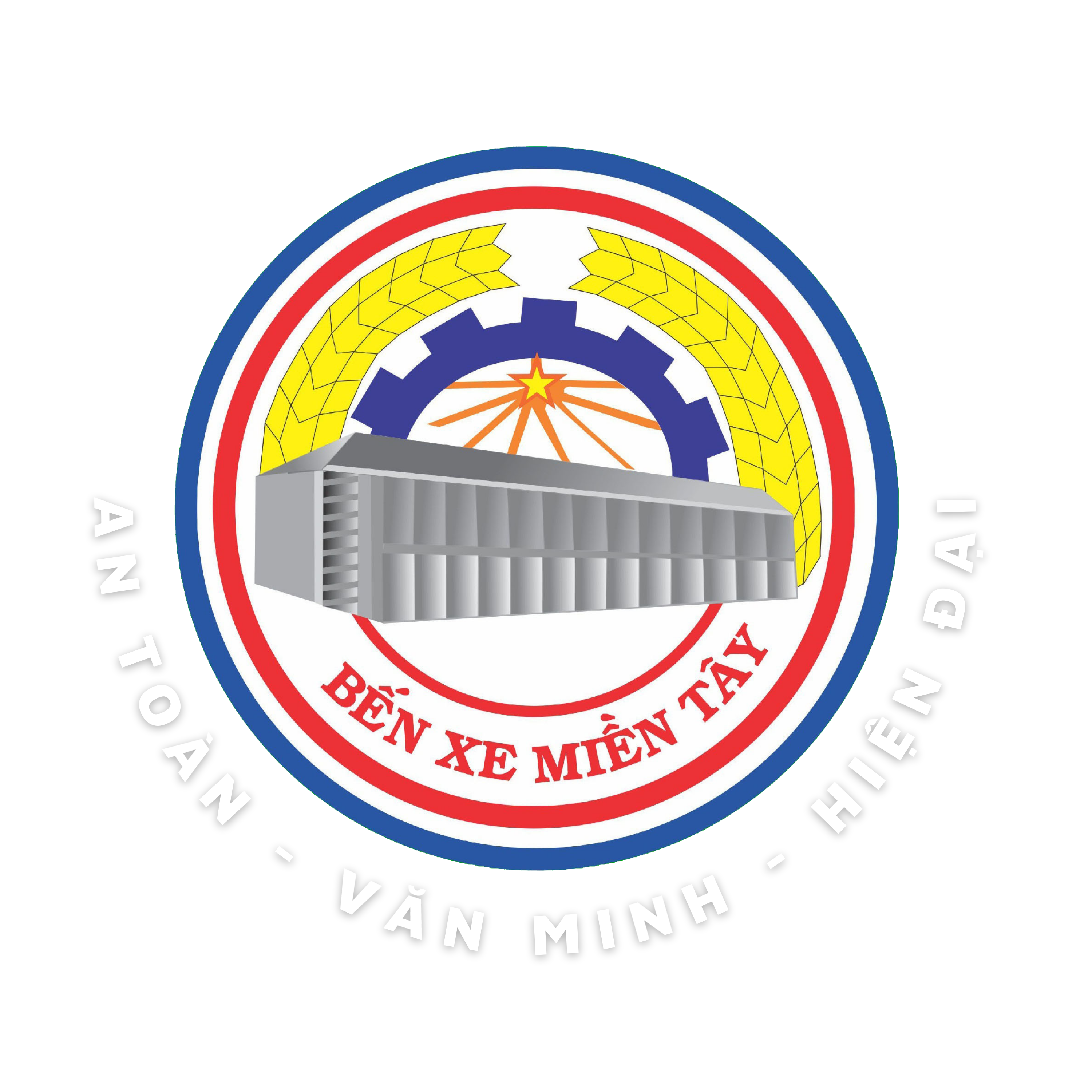Occupational safety and health are not solely the responsibility of employers or dedicated safety departments but also a practical obligation and right of every worker. In the context of increasingly complex work environments and continuously evolving production technologies, proactively assessing, identifying hazards, and controlling risks is a prerequisite for preventing workplace accidents and occupational diseases.
With the theme of the 2025 Occupational Safety and Health Action Month being “Strengthening risk and hazard identification, assessment, and proactive implementation of measures to ensure occupational safety and health at the workplace,” the role of workers is emphasized as a core force directly involved in ensuring a safe working environment.

1. Workers as the “first link” in the safety monitoring chain
In practical production, many risks cannot be identified promptly if relying solely on periodic inspections by safety departments. Workers, through daily observations and operations, can early detect abnormalities such as unstable equipment, slippery floors, unsafe electrical systems, poor lighting, excessive noise, and more. These observations provide the basis for issuing warnings and implementing timely corrective measures.
2. Workers as proactive implementers of preventive measures
Workers not only identify risks but also execute risk control measures: adhering to safety procedures, correctly using personal protective equipment (PPE), alerting colleagues, and shutting down machines when issues arise. These actions, though small, when carried out consistently and rigorously, create a positive ripple effect, significantly reducing risks in the workplace.
3. Workers’ role in reporting and proposing risk prevention measures
Beyond identifying hazards, workers can actively report shortcomings in process design, working conditions, or workplace layout. Practical improvement suggestions can yield significant preventive outcomes. For instance, proposing the addition of protective guards on cutting machines, installing warning signs in hazardous areas, or adjusting work pace often stem from workers’ real-world observations and experiences.
4. Workers’ contribution to building a safety culture at the workplace
When workers are equipped with adequate knowledge about risk identification and encouraged to report and provide feedback, they develop a proactive mindset rather than remaining passive or hesitant. This participation forms the foundation for building a safety culture—where everyone is aware of their role, complies with regulations, reminds colleagues, and is ready to act for a safer workplace, fostering a safety culture from the ground up.
Workers are not only those who need protection but also active participants in identifying and controlling risks. Businesses should view them as partners in creating a safe working environment, not merely as order-followers. Enabling workers to fulfill this role is not only a legal requirement but also a strategic factor in sustainable human resource management.




